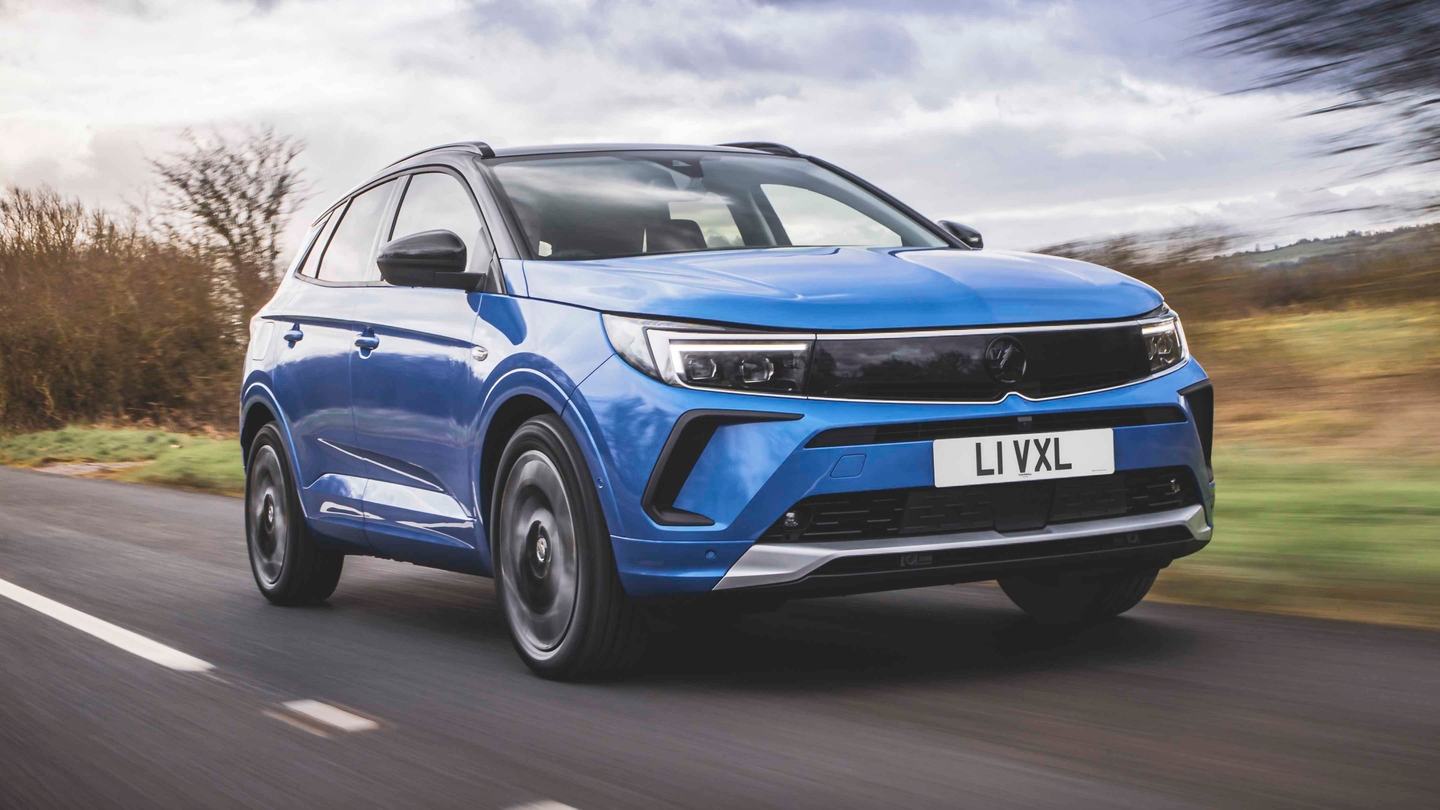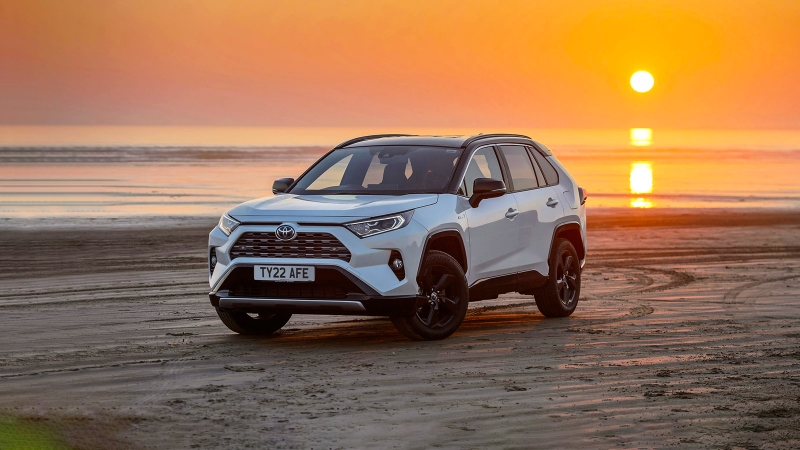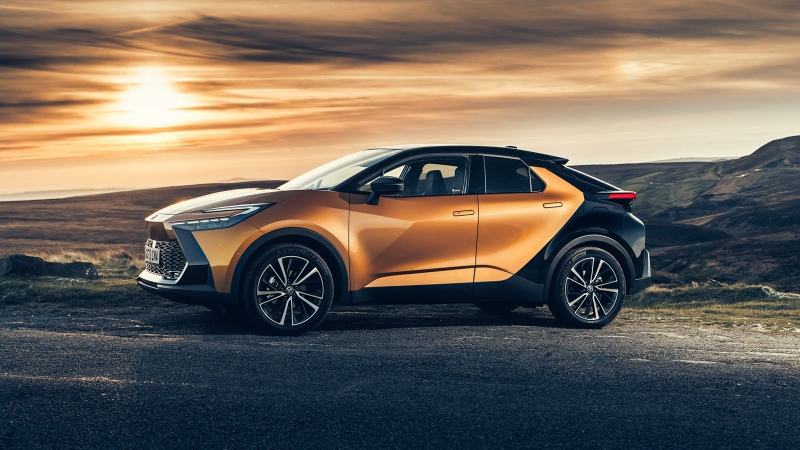
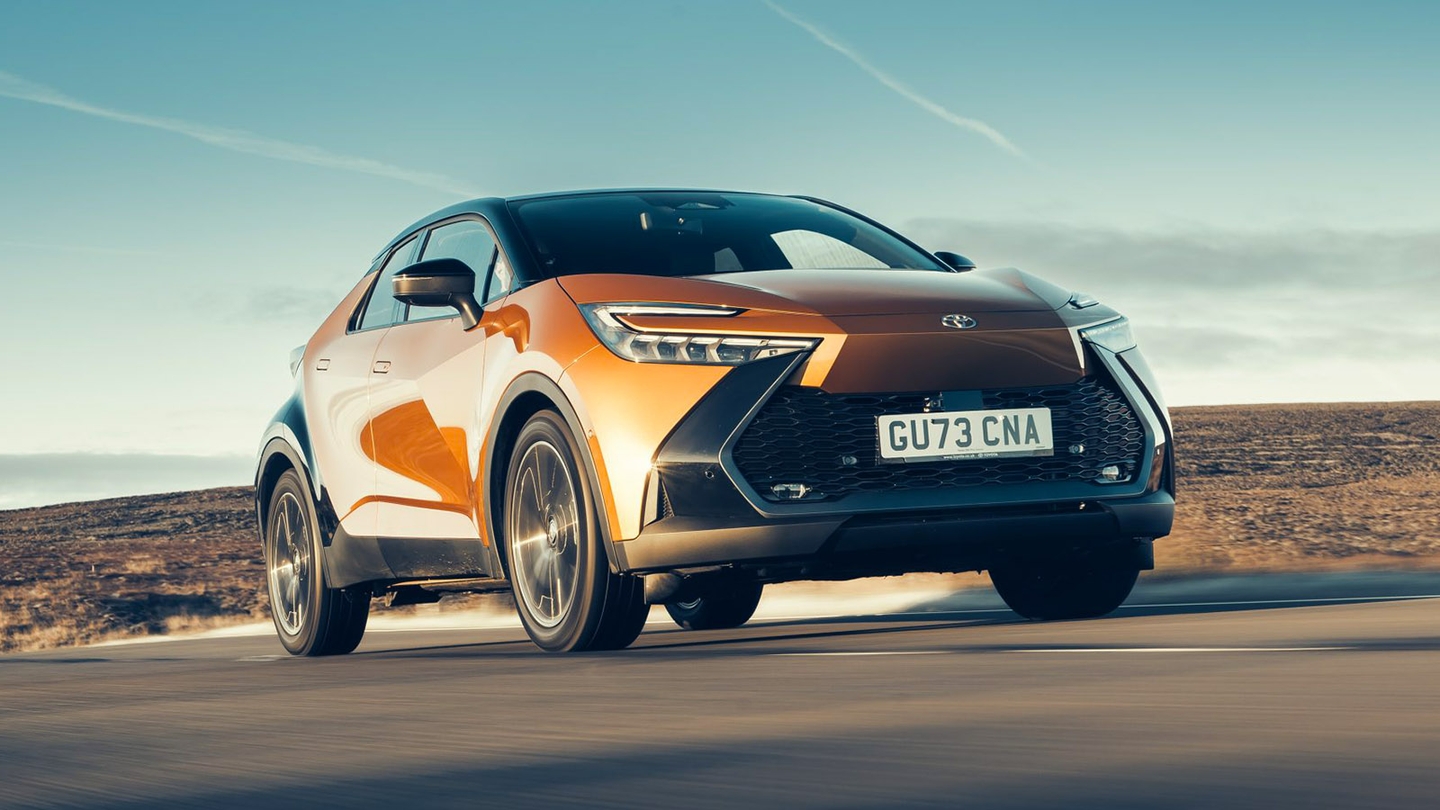

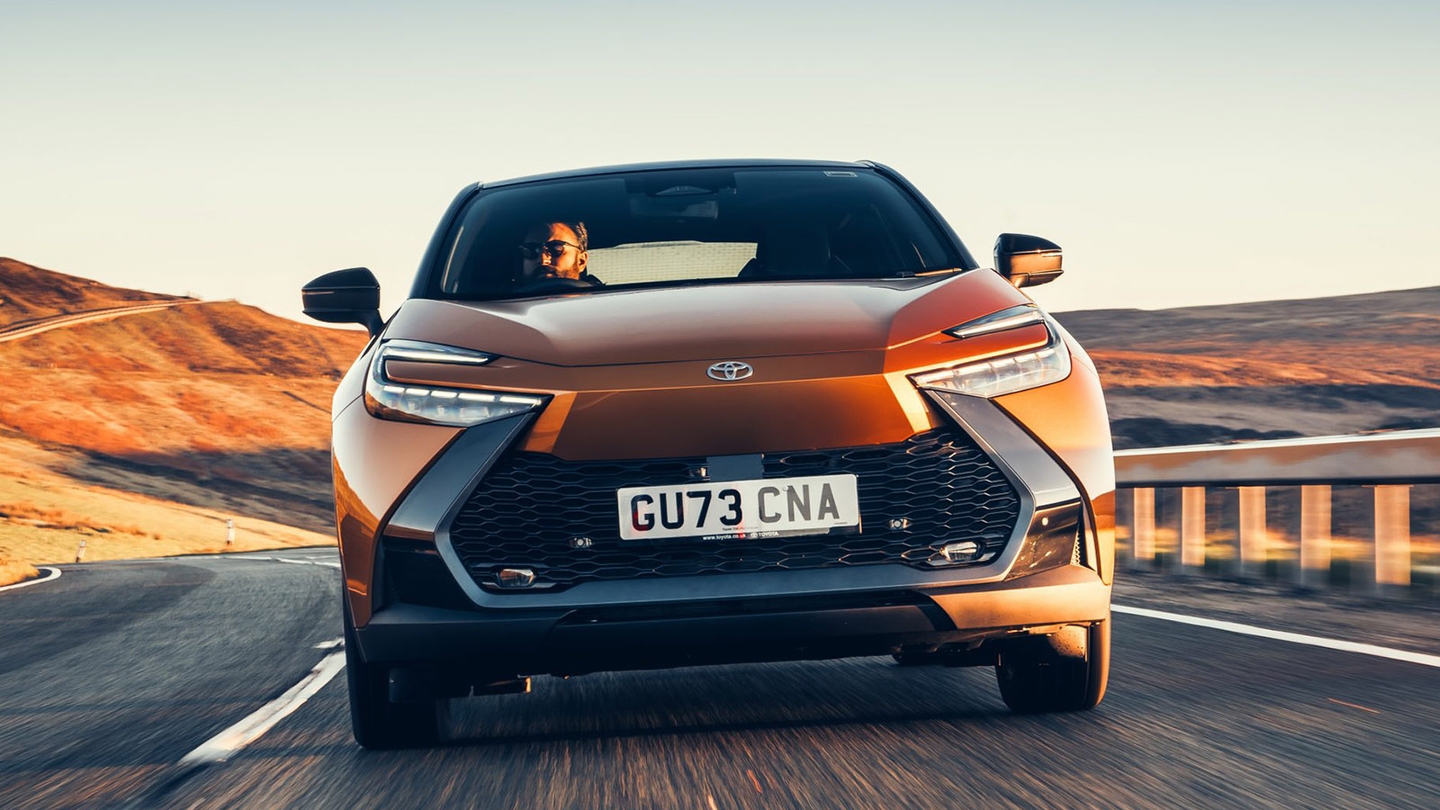
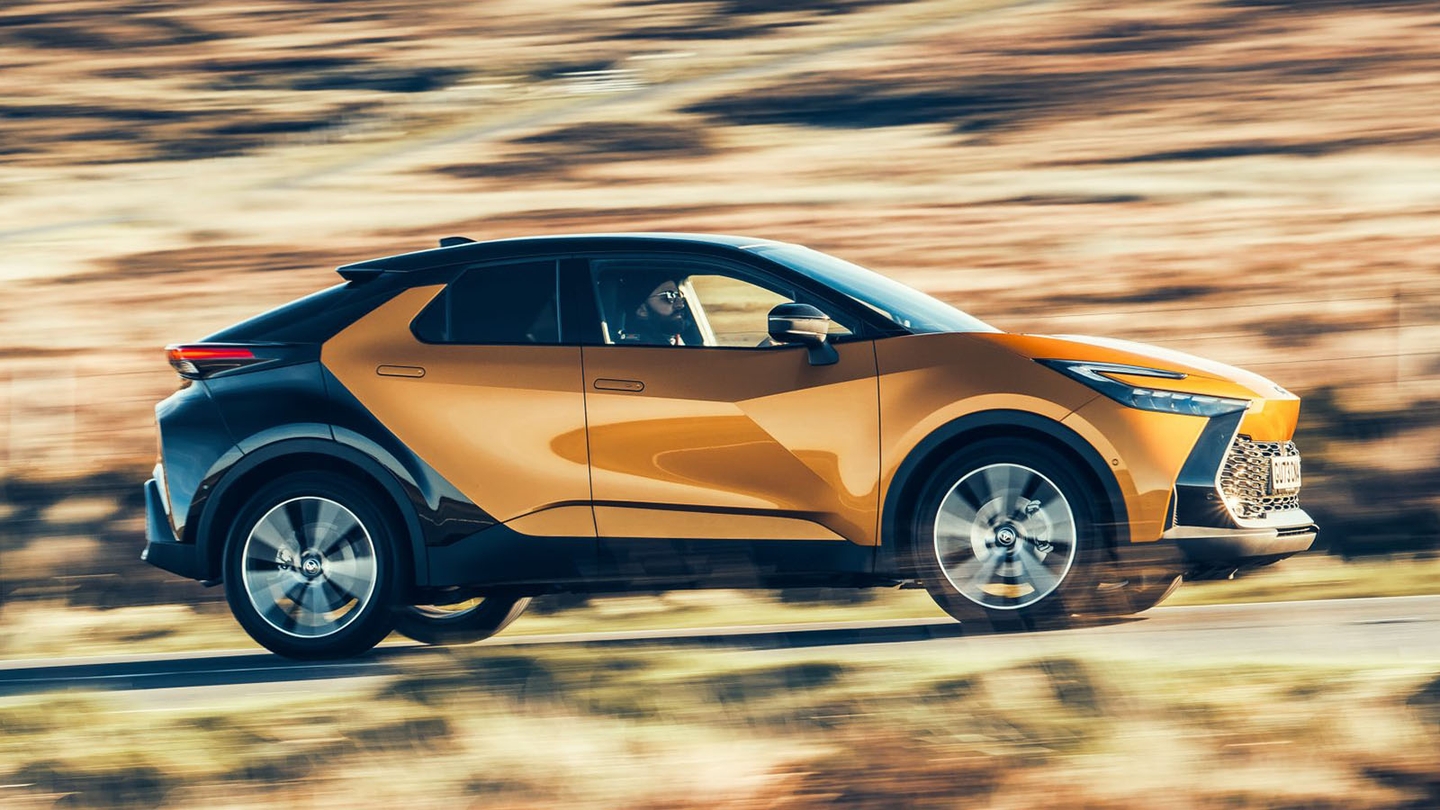

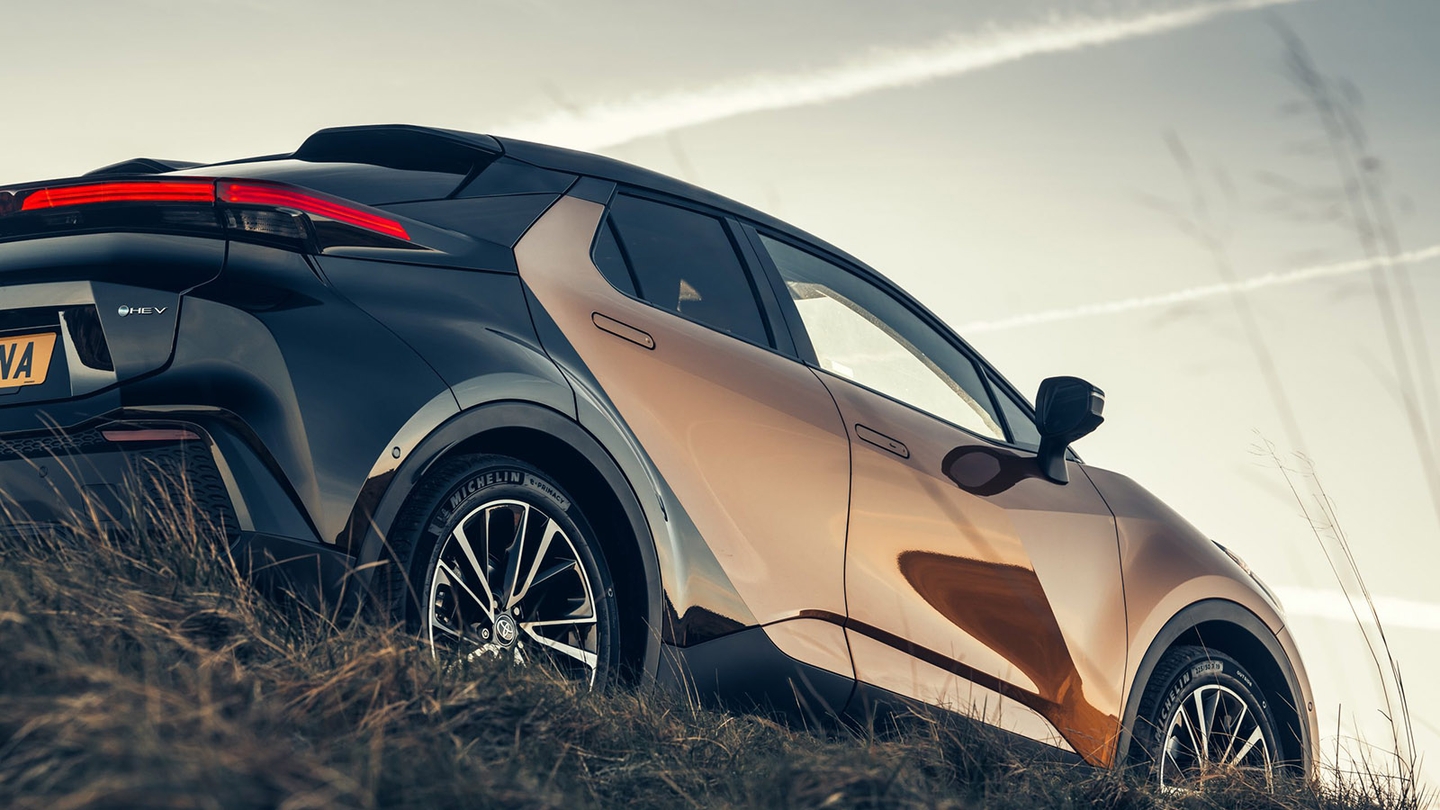
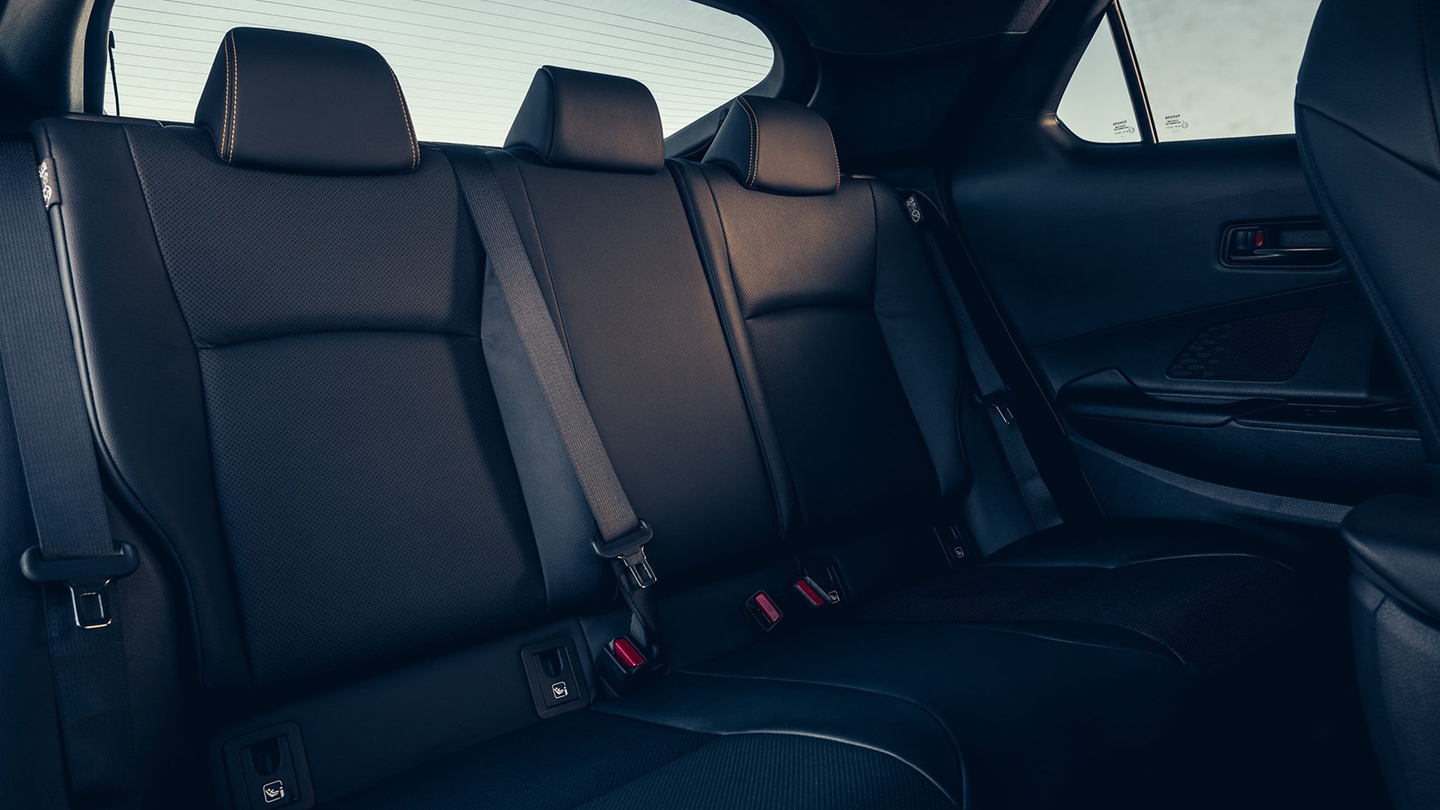
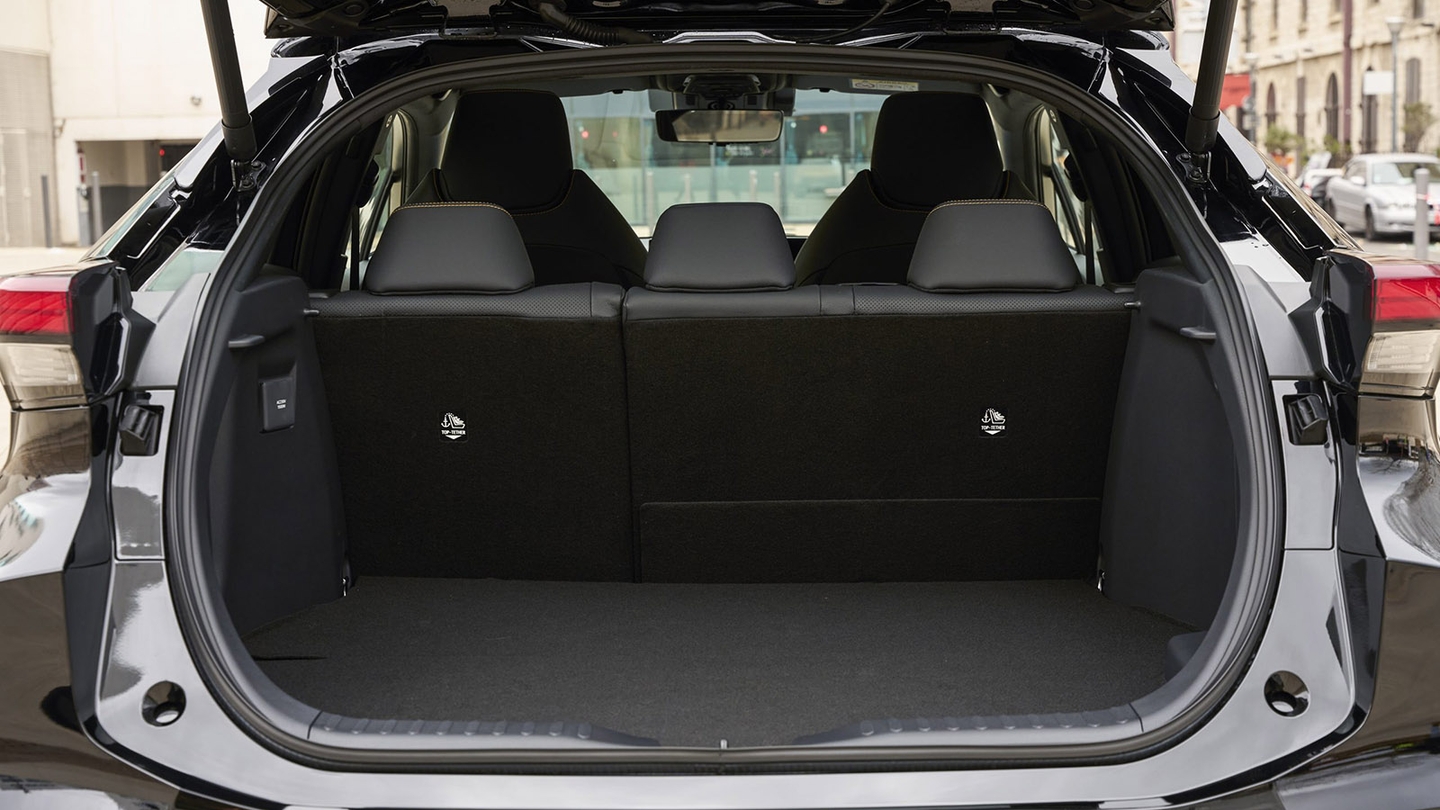
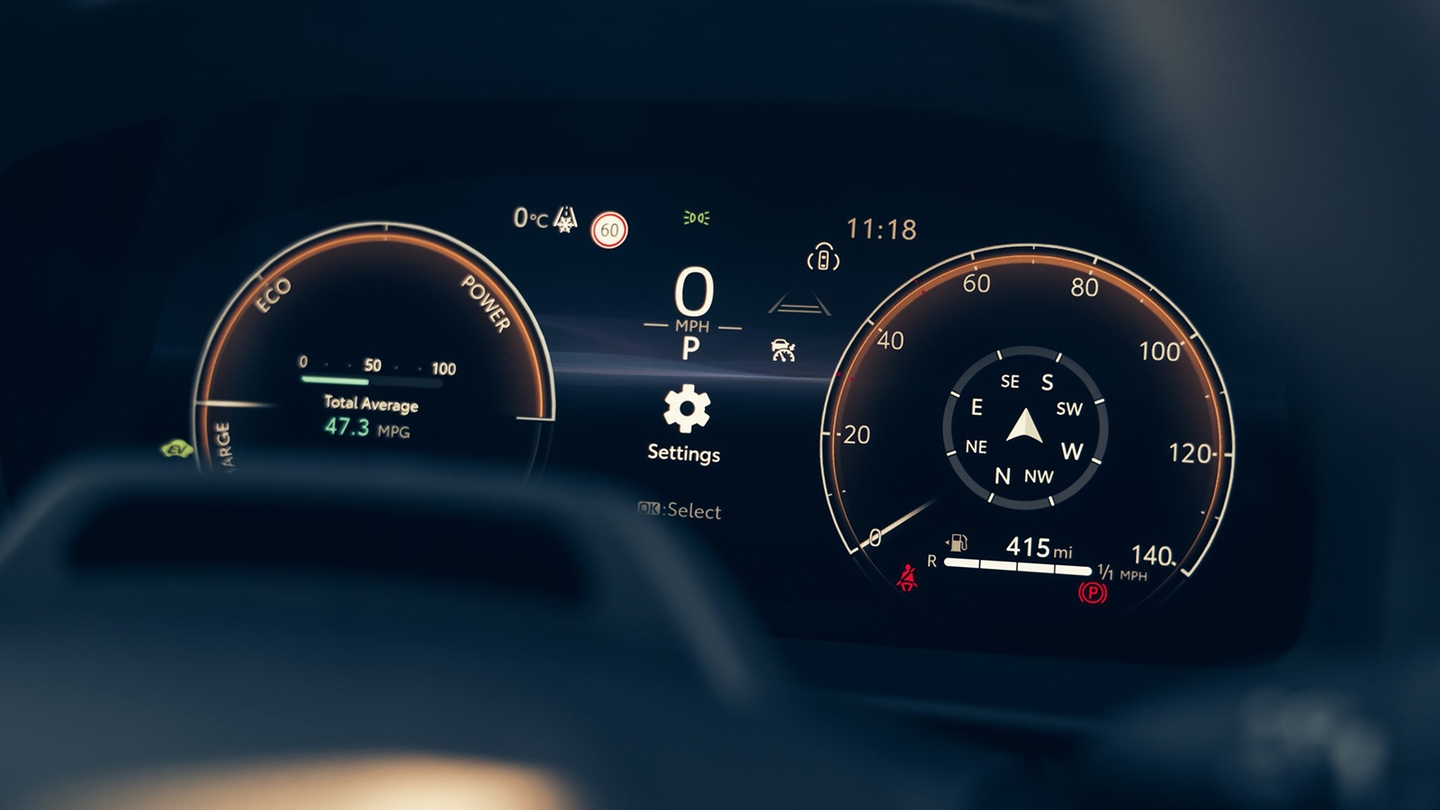
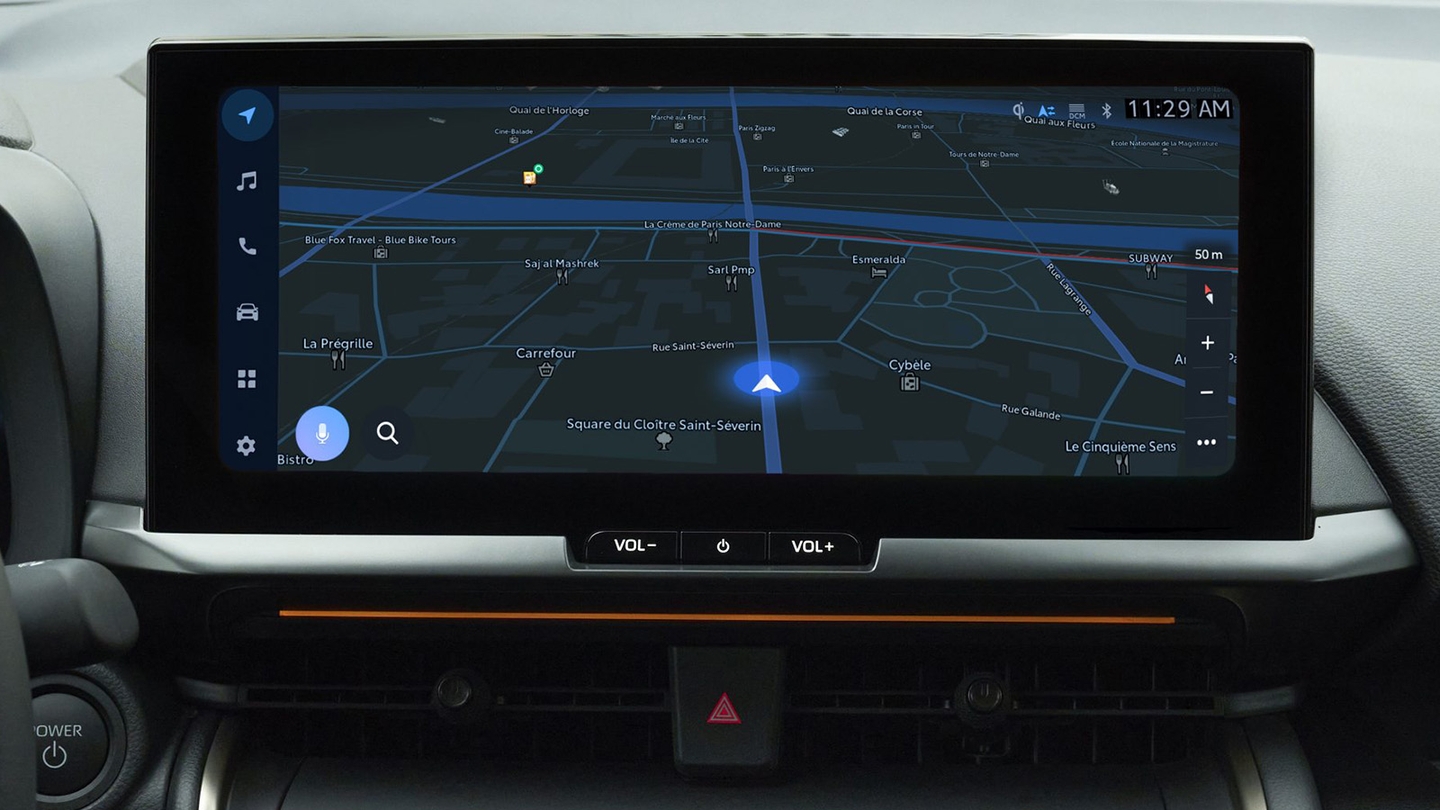
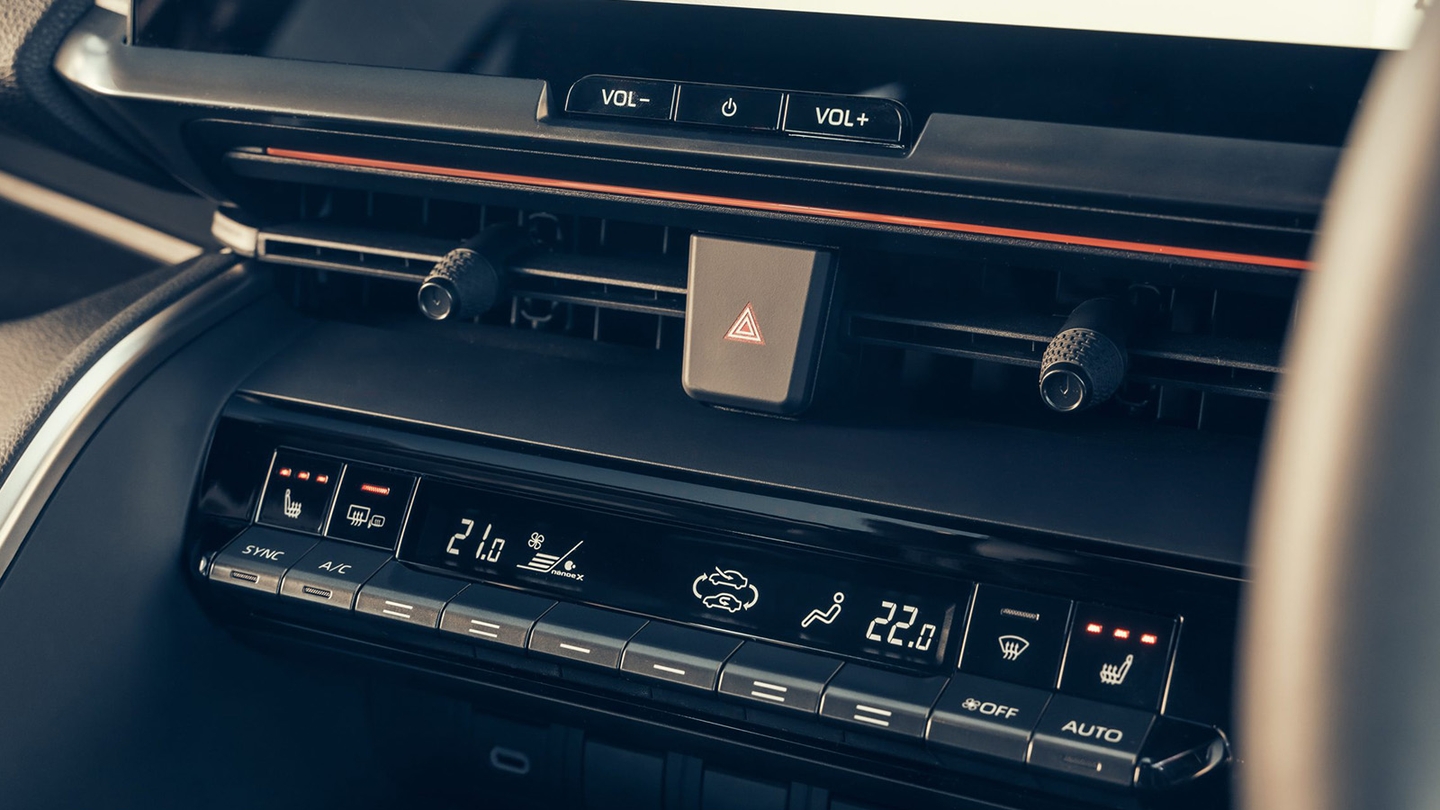
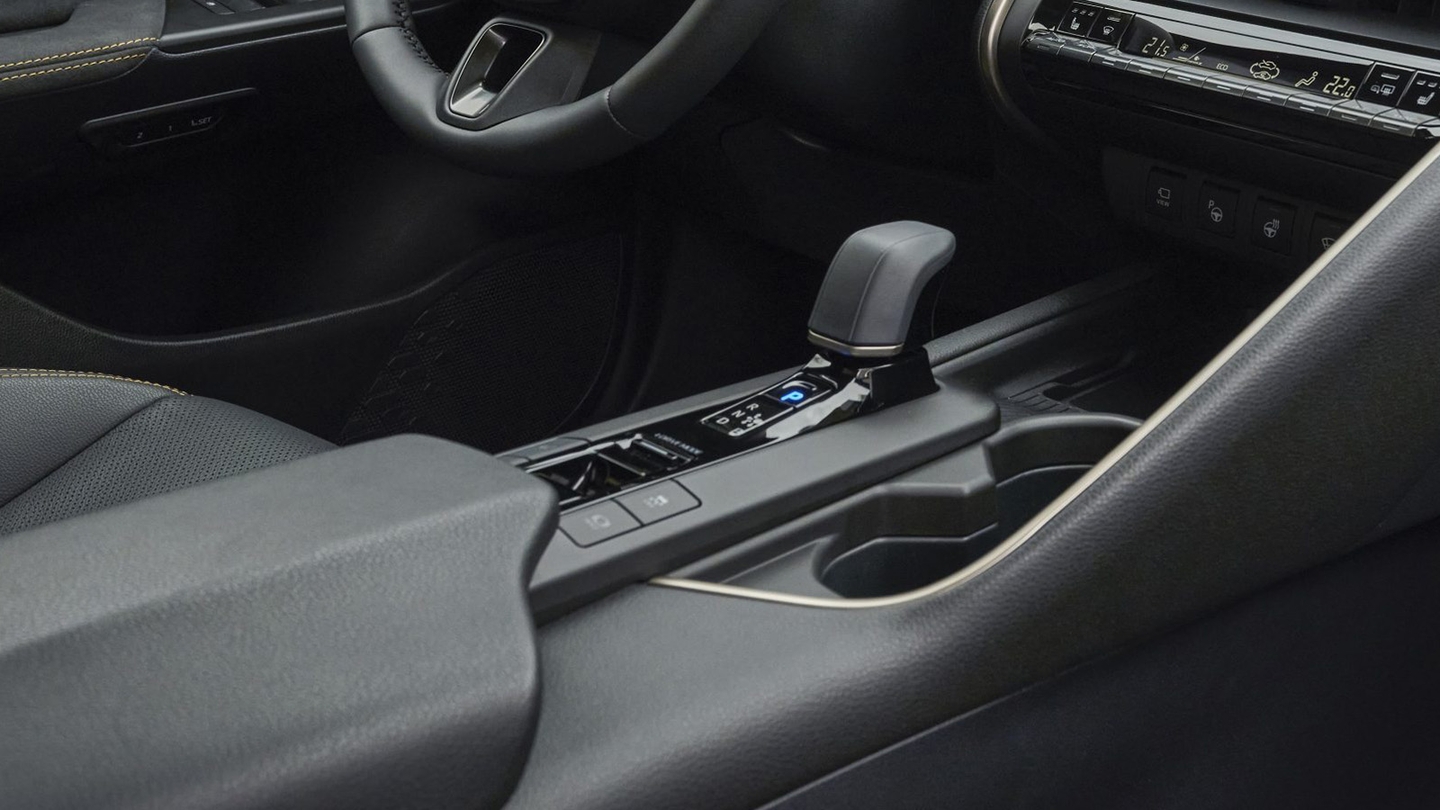










Toyota C-HR Review

This is the second-generation Toyota C-HR, and it isn't trying to reinvent the formula set down by its predecessor. Instead, it's a gentle evolution of the format – subtly refining the shortcomings of the old model, while keeping up to date with rivals.
Does it pull it off? Well… kinda. There have been notable improvements to the way the car rides and handles, but it still has many of the same practicality hangups that robbed the older C-HR of a higher score.
- Efficient, responsive hybrid setup
- Dashboard is easy to use
- Toyota reliability
- Poor practicality by class standards
- Not particularly fun to drive
- Pricey
Should I buy a Toyota C-HR?
Some SUVs focus on practicality, while others have more of an eye on styling. The C-HR falls firmly into the latter camp, with a similar coupe-SUV silhouette to its predecessor. Its wheels are pushed all the way out to the car's edges with its squat bodywork perched on top. You'll notice the dramatically curved roofline that sweeps down past the rear seats, joining up with the car's taut rear end and eye-catching light bar.
"Build quality is robust and reassuring, with a satisfying action to buttons and switches, and no creaks or rattles as you hit road bumps"
The bodywork around the doors and front end is noticeably more angular than on the older model. You may also spot that the oversized headlight units of the old C-HR have been swapped for beady C-shaped outline LED units, which helps pull the car's image into this decade. Keep an eye out for GR Sport models, which gain arch-filling 20-inch alloy wheels and more aggressive exterior details, plus sportier seat and steering wheel designs.
Inside, the cabin hasn't fallen for the modern fad of ditching all the physical buttons in favour of a big touchscreen. Most of the controls you'll use everyday such as climate controls and stereo volume are physical, easy-to-use knobs and buttons, so you can adjust them with barely a glance away from the road. That means it's much quicker to learn your way around the C-HR's functions than it is in something like a Tesla Model Y.

Being 'a Toyota' also means the C-HR comes with the brand's solid-gold reputation for dependability. Both the 1.8 and 2.0-litre full-hybrid engines are widely used in other Toyota models, with the ability to cover hundreds of thousands of miles with just regular maintenance. Speaking of – the C-HR has a standard three-year factory warranty, but this coverage can extend up to 10 years if you keep your C-HR serviced at a Toyota service centre.
Things start to come a little unstuck when you compare the C-HR against the many, many rivals that occupy this class. Most SUVs in this category have enough space for an average family of four, enabled by their boxy, high-riding bodywork. Not so in the C-HR, which sees compromises to both rear-seat space and cargo space to enable that dramatically raked roofline. As a result, this is a car that works better for single or couple buyers who occasionally need to take rear-seat passengers, rather than everyday family duties.
You might forgive the C-HR some of these downsides if it was particularly affordable but, like most Toyota models, it ends up towards the pricey end of the mass-market spectrum. Top-spec models are even approaching the prices you'd pay for premium alternatives like the BMW X1 and Audi Q3, which makes the case for the C-HR a little harder to argue. On the plus side, entry-level Icon cars come with most of the kit you'd want and bring the C-HR closer in terms of pricing to conventional rivals like the Mazda CX-30 and Kia Sportage.
Interior and technology

Toyota isn't known for outlandish interior design and you're certainly not going to find any in the C-HR. Nevertheless, there are some neat details like the sweeping buttress that rises from the centre console up to the dashboard, echoing a similar look in much more expensive Lexus RX. There are also blade-like trim pieces on either end of the dash that blend into the door panel when you pull the door shut.
Build quality is robust and reassuring, with a satisfying action to buttons and switches, and no creaks or rattles as you hit road bumps. The C-HR feels like it'll stand up to years of abuse before anything fails. What's a little lacking, however, is the material quality, with the dashboard and centre console using a few more hard plastics than we'd like – cars like the Mazda CX-30 feel a touch more premium inside. Particularly egregious are the rear door panels, which are just an uninspired black moulded panel of plastic. Range-topping Excel and GR Sport include nicer upholstery and some cabin material improvements for front-seat passengers.

Entry-level Icon cars have fairly small screens for the infotainment system and digital driver's dials. On the plus side, the graphics and menu layout are fairly simple, and all models include wireless Apple CarPlay and Android Auto as standard, so you barely ever need to use the built-in software. Step up to Design trim and these are both upgraded to 12.3-inch screens with better graphics and more features, including built-in sat nav. Again, the software is a marked improvement on the old C-HR's setup, which felt dated even when it was new.
We also appreciate that most of the driving-related controls are physical buttons, so you don't have to dive through on-screen menus. Features like the auto-hold brakes, drive-mode selection and dedicated EV mode are all proper buttons and switches located by the gear selector. The selector itself is a little odd – you knock it to the side and then backwards or forwards for drive and reverse. We would've preferred either the satisfying clunk of a more traditional selector like the Toyota Yaris Cross, or the extra storage space a column-mounted selector enables, like most Mercedes models.
Practicality

This is probably the C-HR's weakest area but, before we explain in more detail, it's worth clarifying that the C-HR will still feel like a big step up in practicality if you're coming from a hatchback like the Toyota Corolla. There is just enough space for four fairly tall adults in the cabin, and the boot will swallow a big shop or a couple of big suitcases – just. However, there's no denying the fact the C-HR is less practical than pretty much all other SUVs in this class, with its outlandish exterior styling mainly responsible for the shortcoming.
Front-seat passengers should get on just fine, with a good range of adjustment and a reasonably clear view out front. If you've sat tall adults up front, however, you'll find that there's next to no rear legroom left over for anyone to sit behind them. As a result, you might need to find an uncomfortable middle ground between the two seating rows if you need to carry rear passengers. Even worse, however, is rear-seat headroom, which is substantially impacted by the sloping roofline, so much that even average-sized adults risk bumping their head on the headliner.

Entry-level 1.8-litre full-hybrid C-HRs have 388 litres of boot space. This drops to 364 litres for the 2.0-litre full-hybrid and 310 litres for the plug-in hybrid. All of those figures trail the C-HR's main rivals, with models like the ultra-practical Skoda Karoq mustering 521 litres of space. If, for example, you had just one pushchair to carry then the C-HR would just about manage, but buyers with two or more young children would want to look for a more spacious alternative.
Cabin storage is, similarly, mediocre. You will find the usual door pocket bins, glovebox and centre console cubby up front, but none of these are anywhere near the biggest in class. Meanwhile, rear passengers get essentially no storage at all other than a pair of cupholders apologetically moulded into the bland door panels. Most rivals do a better job here – especially many pure EV alternatives, which have more storage space between the seats thanks to lacking a transmission tunnel.
Engines and performance

You've a choice of either 1.8 and 2.0-litre full-hybrid engines, or a 2.0-litre plug-in-hybrid model. Our test car came with the 2.0-litre full hybrid and, for the most part, it's extremely easy to get on with. Combined output from the engine and the electric motors is 197hp – a decent figure that translates to an 8.1 second 0-62mph time.
Like most Toyota full-hybrid engines, it's less impressive at full-throttle but a much better everyday engine. There's instant, meaningful power available from the electric motor the second you breathe on the accelerator, which means you can easily seize any gap in traffic, unlike rivals where you might find yourself waiting for the gearbox to swap cogs. Claimed economy stands at 57.7mpg and it's easy to believe that more than 50mpg is easily achievable in the real world, even if you do lots of stop-start urban driving.

Ask for full throttle and the C-HR delivers fairly insistent acceleration with no break in torque from the eCVT transmission because there are no gears to change as speeds rise. You're also treated to a rather prominent roar as the engine spins up to generate as much power as possible, which does feel a bit at odds with the C-HR's otherwise relaxed setup. As you spend more time behind the wheel, you start to drive more in-sync with the hybrid system and reduce the amount of times the engine kicks in, helping both refinement and fuel economy.
We've not tried the smaller 140hp 1.8-litre full-hybrid in this car yet but based on our experiences with this engine in the Toyota Corolla and Suzuki Swace, we're confident it'll perform well in the C-HR. This is mainly thanks to it being similarly responsive at low speeds thanks to the strong electric assistance, which reduces the amount of time spent with the engine spinning. We also anticipate the 223hp plug-in hybrid will be pleasant to drive, but you'll need to recharge it regularly to see the best economy, with the main advantage being its BiK savings for company-car drivers and 41-mile electric-only range.
Driving and comfort

As you might've gathered by now, the C-HR is a better everyday cruiser than it is a sporty SUV. That's what tripped up the old C-HR on the road, because Toyota had given it a surprisingly sporty setup that felt at odds with its calm character and relaxed hybrid setup. It's not made the same mistake with the new C-HR thankfully, bestowing the car with a far better-judged ride and handling balance.
There's noticeably more body roll in the new C-HR, compared to its oversprung predecessor, so you're not going to relish attacking a series of tight corners. You will appreciate the much softer ride, however, which absorbs big bumps reasonably well, as well as tuning out vibrations from scruffier road surfaces. There was a little patter over small bumps in our GR Sport test car, likely caused by its 20-inch alloys, but not enough to spoil the otherwise calm cabin, and this would likely be less noticeable in entry-level Icon cars with their smaller alloys.

The steering is accurate and very light – possibly a little too light just off centre, which means you sometimes have to make tiny corrections to keep the car pointed straight. You can engage Sport mode, which sharpens up the throttle and adds some extra weight to the steering, but we reckon you're better off leaving the car in normal mode and putting up with the fairly artificial steering feel. Pedal tuning is excellent, however, with no perceptible swap-over point between the car's regenerative braking and the physical brake discs, and quick reactions from the accelerator pedal.
While your view out front is unimpeded, visibility in general isn't great. You don't sit quite as high in the C-HR as you do in more traditionally shaped rivals, so you don't get that lofty view of the road ahead. The car's dramatic design also means ultra-thick C-pillars. This not only restricts the amount of light that makes it to rear passengers, but substantially impedes your over-the-shoulder view. Thankfully, all C-HRs include a reversing camera as standard, with all-round parking sensors standard from Design trim up.




